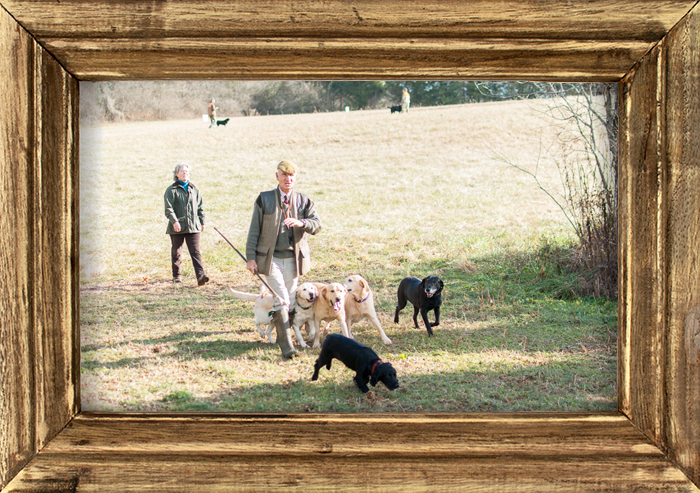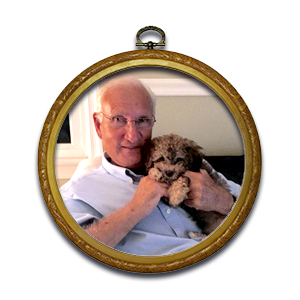
PHILOSOPHY
Many thousands of years ago wolves roamed in packs, led and dominated by alpha males, living in caves to protect themselves from their predators. These animals had a brain the size of a pea-and they still do to this day. So what has changed?
Today these animals are domesticated and live with their human families, have less natural enemies and yet it can be argued that the quality of the lives of a large percentage has deteriorated. Why is this?
If one believes that the major factors affecting the quality of a life are governed by happiness, security, and a sense of purpose then there is little difference between humans and dogs.

Unfortunately, there are far too many dogs that are unhappy because they lack security and don’t understand their role within their environment. This is because from the moment they are brought home they don’t understand who is the leader of the pack, with the result that they assume the role.
As dogs are pack animals it is only natural that unless a young dog is trained from an early age to obey all commands, without questioning the authority of its owner, it will rapidly develop behaviors that will cause friction within the family.
We have all seen the dog taking its owner for a walk by pulling on the leash, barking when people come to the door, chewing the family heirlooms when left alone, jumping up, and a host of other undesirable traits. The net result is that the relationship between the dog and owner becomes strained which in turn leads to the unhappiness of both parties.
Therefore, it is imperative to prevent unacceptable behavior before it develops which is where training begins.

MEET THE TRAINER
My first experience of training was as a trainer for the Xerox Corporation in Leesburg, Virginia in 1978. Xerox took the training of their trainers extremely seriously, so much so that the ‘train the trainer’ course was 3 months of learning every possible classroom skill that one would ever need. The actual curriculum was almost of secondary importance. The following two years provided a unique opportunity to acquire people skills and training techniques that could not be learnt from a training manual, and were the launch pad to a successful career in executive management positions with 3 major U.S. corporations over 40 years.
Furthermore, as soon as I began achieving success competing with my dogs and was invited to become a trainer, my Xerox training helped me formulate classes that enabled people and their dogs to learn and retain knowledge far quicker than usual. Whereas there are many more trainers that have far greater knowledge, and have achieved many more awards than I, they seldom get their message across in a way that stimulates both the dog and the handler.
I was a trainer with the Buckinghamshire, England area of the United Retriever Club, which was privileged to have the Royal Park at Windsor as their training grounds. Although I enjoyed the puppy classes I spent most of the time as an Intermediate and Advanced trainer of Labradors, Golden Retrievers and Flatcoats.
In 2000 I moved further away from London as logistics prevented me from continuing at Windsor and became a trainer with the Hampshire Gundog Society until departing for the United States in 2003, by which time, I had on average 4 dogs in full time training in my kennels.
Since arriving in the United States I have enjoyed demonstrating how I train with a pack of labs. This is particularly effective for teaching dogs to be steady to shot and learning that not everything that falls out of the sky belongs to it-they have to wait until I, the leader of the pack, call the name of one dog. When hunting I control up to six dogs on different retrieves at once, all working independently of one another.
